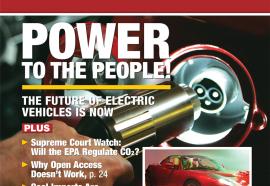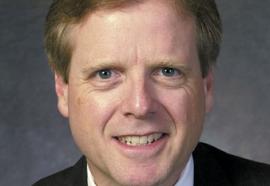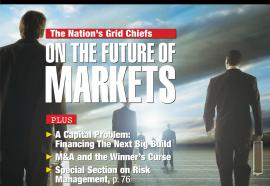Don't Choke: How to Transform Technology
Infrastructure investment has been on a starvation diet. Here’s how to feed the need.
In October, the North American Electric Reliability Council (NERC) issued its first long-term reliability assessment report in its new role as the nation’s federally mandated reliability organization. The report found that under current trends the U.S. electric power system may not be able to meet customer demand in much of the country 10 years from now.








